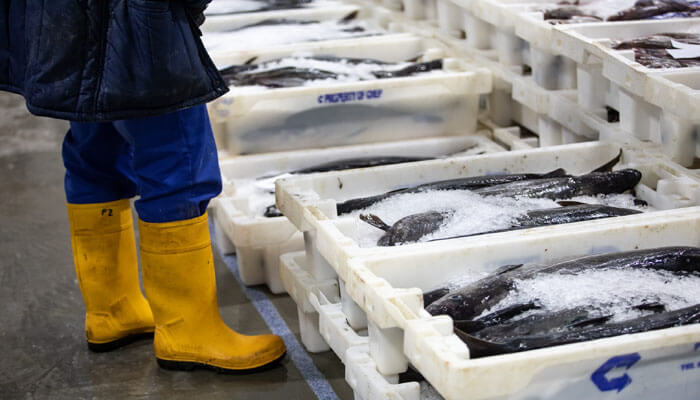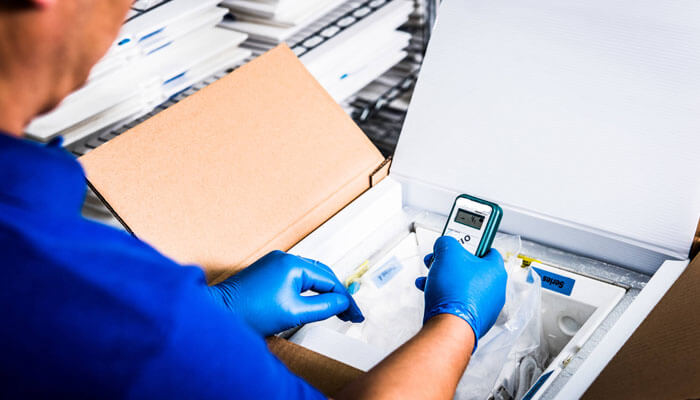If you are in the business of transporting perishables, you probably know about the term temperature-controlled packaging. But what is it exactly, and why does your business require it?
A cold chain is defined as a supply chain network for perishable goods that need to be kept at low temperatures through the whole shipping process to avoid products getting spoiled and keep the quality and safety standards high. Some of the food products that require temperature-controlled packaging for safe transportation are meats, seafood, fish, poultry, dairy, and fruits and vegetables.
The main types of temperature-controlled packaging
Temperature-controlled packaging is an essential component of cold chain shipping, being the first line of defense for perishable products. In most cases, proper cold chain packaging can remove the need for costly refrigerated systems. The three primary types of temperature-controlled packaging are active, passive, and hybrid.
1. Active temperature-controlled packaging
Active temperature-controlled packaging has electrical systems, that are mostly powered by fossil fuels, to keep the temperatures low with the help of thermostatic control. Even though active packaging systems are reliable, they are expensive to maintain and repair in the case of a technical issue.
2. Passive temperature-controlled packaging
Passive temperature-controlled packaging makes use of insulating materials to protect perishable products from ambient temperatures. Being much cheaper than refrigerated units, passive systems have a risk of spoilage if the shipment is delayed or if the transit time exceeds the capacity of the packaging.
3. Hybrid temperature-controlled packaging
A lot of companies that transport perishable products use both active and passive cold chain systems because this approach is effective for extremely sensitive foods such as fish or seafood, where the margin for error is very small.



